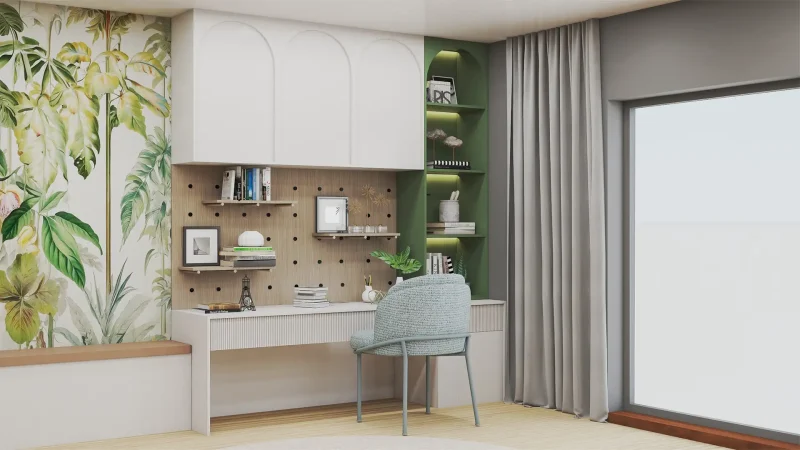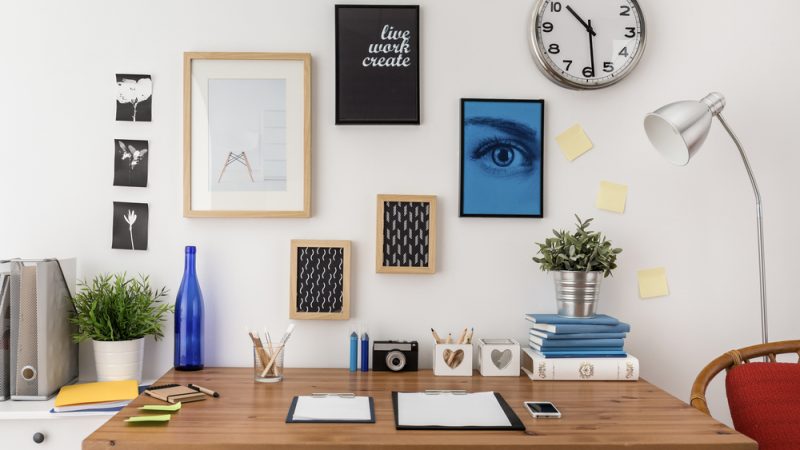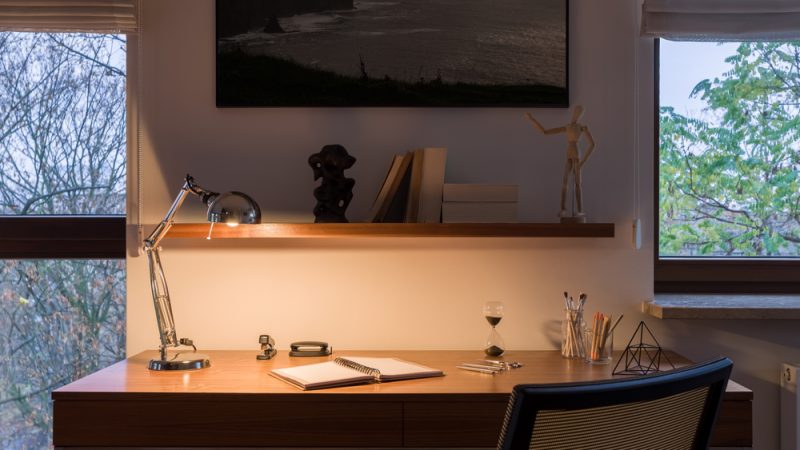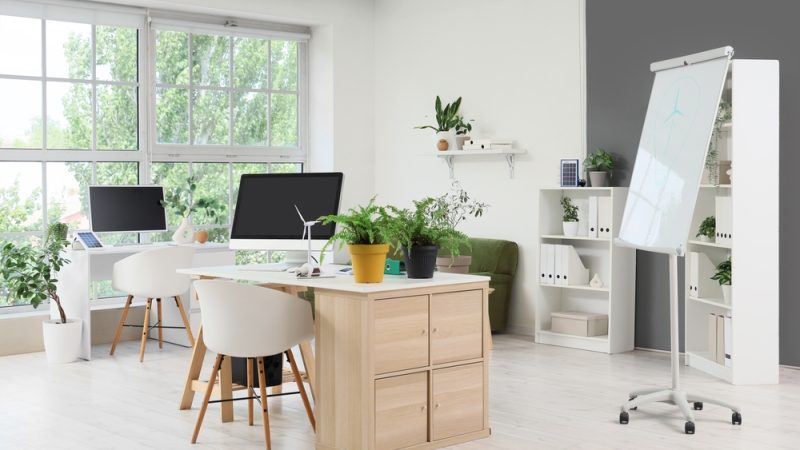How to Minimize Distractions in Your Study Space

Creating a distraction-free study space is essential for enhancing focus and productivity. A well-organized environment not only supports efficient learning but also helps reduce stress and improves information retention. In this guide, you will find practical strategies to minimize distractions, allowing you to maximize your study sessions.
Understanding Distractions
To effectively manage distractions, start by identifying the common sources that interrupt your focus. These may include unnecessary clutter, digital notifications, ambient noise, and other external disturbances. Recognizing these elements is the first step in creating a space that supports concentration and deep work.
Organizing Your Study Space
A clean, organized study area is the foundation of a distraction-free environment. Keep only the essential materials on your desk and use storage solutions to reduce clutter. Organize your study supplies in a manner that makes them easily accessible, ensuring that your workspace remains tidy and conducive to concentration.
Optimizing the Physical Environment
Enhance your study space by paying attention to physical elements:
- Lighting: Utilize natural light when possible, and ensure your space is well-lit to avoid eye strain.
- Ergonomics: Choose a comfortable chair and desk that support good posture.
- Ambience: Consider the use of noise-cancelling headphones or soft background sounds to drown out disruptive noises.
Establishing a Consistent Study Routine
A regular study schedule builds discipline and reduces the chance of distraction. Set aside dedicated time slots for studying and stick to a routine. Breaking your study sessions into focused intervals with planned breaks can help maintain energy and improve overall concentration.
Managing Digital Distractions
Digital devices often disrupt focus. To keep these interruptions at bay:
- Disable non-essential notifications on your phone and computer.
- Use productivity apps to limit time on distracting websites.
- If possible, keep your digital devices away from your study room area during dedicated study sessions.
Incorporating Time Management Techniques
Effective time management is key to staying focused. Techniques such as the Pomodoro Technique, time blocking, or goal setting can structure your study sessions. Dividing your study time into short, concentrated intervals with regular breaks helps sustain concentration and prevents burnout.
Maintaining Motivation and Focus
Sustaining motivation can be challenging in a distracting environment. Set clear, achievable goals for each study session, and reward yourself when you complete them. Regular self-assessment and tracking progress can boost morale and keep you committed to your academic goals.
Conclusion
Minimizing distractions in your study space is a continuous process that involves organizing your environment, managing digital interruptions, and maintaining a consistent study routine. By implementing these strategies, you create a focused, productive, and calming study space that fosters academic success. Experiment with these tips and adjust them according to your personal needs for optimal results.






